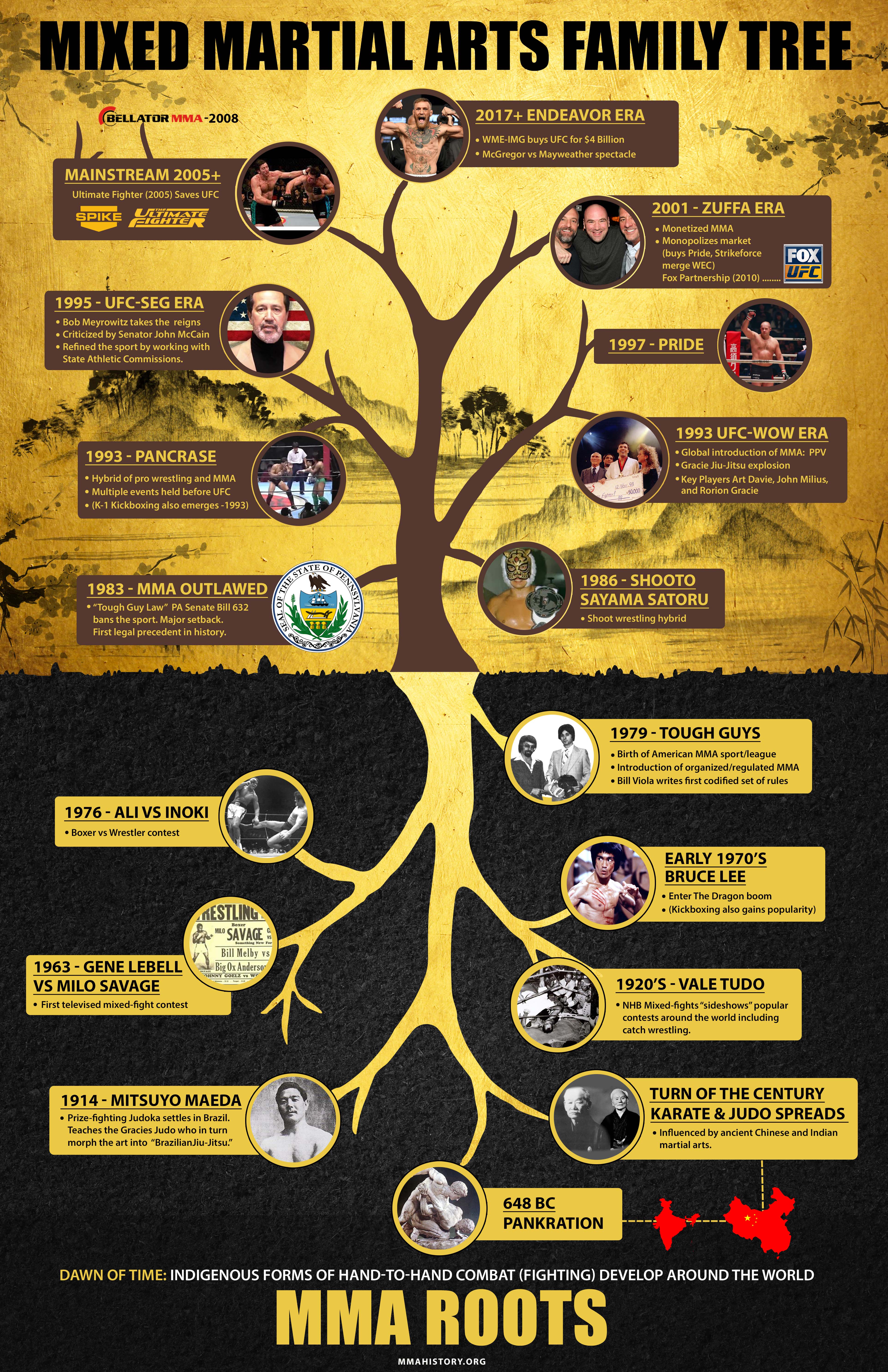Discover The Tricks Behind Martial Arts, Taekwondo, And Much More! Unveil The Covert World Of Fighting Styles Styles In This Utmost Overview
Discover The Tricks Behind Martial Arts, Taekwondo, And Much More! Unveil The Covert World Of Fighting Styles Styles In This Utmost Overview
Blog Article
Article Composed By-Borch Bondesen
Are you tired of feeling overwhelmed by the large world of fighting styles? With so many styles to choose from, it can be easy to get shed in a sea of punches, kicks, and mystical names. But anxiety not!
This discussion will demystify the different fighting styles styles, taking you on a trip from the effective strikes of Karate to the dynamic kicks of Taekwondo. Get youth mixed martial arts near me to uncover the origins, techniques, and viewpoints behind these ancient art forms.
So, tighten your belt and prepare to start an enlightening expedition into the exciting world of martial arts.
Beginnings of Martial Arts Styles
The beginnings of fighting styles designs can be traced back to old civilizations and their requirement for self-defense and battle methods. Throughout background, different societies developed their very own unique techniques of fighting, each with its own set of techniques and philosophies.
In China, for example, fighting styles designs such as Martial art and Tai Chi were developed as a way of protection and boosting physical and psychological health.
In Japan, the samurai warriors developed designs like Karate and Judo, focusing on self-control, precision, and proficiency of the body.
In a similar way, in Korea, Taekwondo became a martial art highlighting high kicks, fast motions, and mental determination.
These very early civilizations laid the structure for the diverse range of martial arts designs that exist today, each with its own rich history and cultural importance.
Techniques and Training Methods
To grasp fighting styles designs, experts have to learn numerous techniques and training techniques.
Techniques are the specific motions and actions made use of in battle, such as punches, kicks, throws, and obstructs. linked website have their very own distinct set of methods that professionals must understand via strenuous training.
Educating methods differ depending upon the design, yet they normally entail a combination of physical conditioning, drills, sparring, and forms.
Physical fitness is essential to construct stamina, versatility, and endurance. Drills assist specialists fine-tune their methods and enhance their rate and precision.
Competing enables professionals to practice their methods in a managed, realistic atmosphere. Forms, additionally known as kata, are prearranged sequences of motions that aid professionals create muscle mass memory and focus.
Philosophies and Concepts
Discovering the philosophies and principles of fighting styles styles can supply you with a deeper understanding of your chosen discipline. Each martial art has its very own unique ideology and set of directing principles that form the method it's practiced.
For instance, Martial arts emphasizes technique, regard, and self-discipline. It instructs specialists to concentrate their body and minds, enabling them to protect themselves while keeping a feeling of inner tranquility.
On the other hand, Taekwondo places a strong emphasis on rate, agility, and flexibility. https://collider.com/karate-kid-movies-ranked/ are rooted in the tenets of politeness, honesty, perseverance, self-discipline, and indomitable spirit.
Final thought
Since you've discovered the beginnings, methods, and approaches of different fighting styles designs, you have a much deeper understanding of these ancient self-controls.
Visualize a young karate student, exercising with undeviating decision and emphasis, breaking through boards with a powerful punch.
Their trip showcases the commitment and toughness required to understand a martial art, advising us that with technique and willpower, anything is possible.
